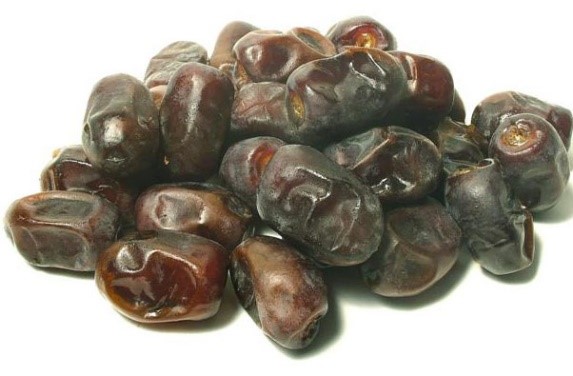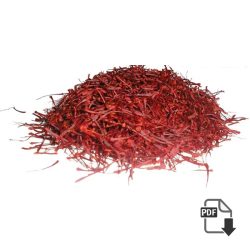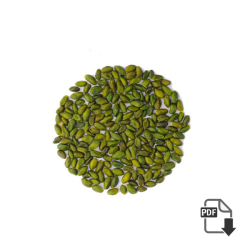— walnut pruning practices —
walnut pruning practice : How intensively you manage the black walnut plantation depends on your objectives, time available, resources, and plantation size. Unlike site selection, management of black walnut is flexible, and many methods are available for managing the stand. Only basic methods are covered here. Thinning, pruning, and other cultural practices are affected by your choice of initial spacing. With wide spacing, thinning is not needed. On the other hand, close spacing may increase your costs unnecessarily by having to remove non-marketable trees.The need for pruning is also influenced by spacing.
Please for more information or any inquiry click here ……
With fewer trees per acre, the trees are more “open grown” which results in large lower limbs that must be pruned if quality wood products are your objective.With more trees per acre, the need for pruning may be lessened by trees shading each other, which reduces the growth of lower branches. Also, mechanical weed control and fertilization are easier with a wider spacing. If you produce both nuts and logs, you must trade off some nut production for lumber production. You’ll do different production activities for sawn products and veneer than you would if you were growing and managing the trees for nuts. Fertilization, pruning, thinning, and weed control and insect control will differ.
Pruning
Walnuts do not naturally prune after the canopy has closed and produced under story shade. You must prune the trees into the form necessary for optimum quality, growth, and production. Prune black walnut trees carefully. If you prune too much, growth will be slowed. If you don’t prune enough, trees will be of lower grade. Pruning is a recurring labor-intensive management practice, and tree height makes the task more difficult and tedious. Try to prune trees so that the crown width will be AT LEAST one-half the total height of the tree and maintain at least the upper third of the stem supporting live branches. Pruning is either corrective or side-bole. Corrective pruning consists of cutting back the top because of some tree deformation. It is not as common a practice as side-bole pruning, and its usefulness is debatable. An alternative to corrective pruning is to remove deformed trees at thinning time. Side-bole or improvement pruning is removing lower branches in an effort to improve the main stem’s quality. Side-bole pruning is necessary for intensively managed, high-quality black walnut stands. Although pruning is labor-intensive, it must be done for only plantation ages of 10 to 12 years. The best time to prune is while the tree is dormant just before leaves emerge in early spring. You may prune in other seasons, but live branches SHOULD NOT be pruned when the tree is budding and new growth has started. Initial pruning should occur after the third year of establishment when the trees reach 10 feet in height. Trees that are 8 to 10 inches in DBH (diameter at breast height, usually 4-1/2 feet) should not be pruned. The likelihood of the pruning wounds not healing over with enough clear wood would be high. Improvement pruning should clear at least 9 feet of the bole. However, for very straight, long trunks to be sold for high-value veneer, a profitable pruning can be carried out to 25 feet.
Please for more information or any inquiry click here ……
All Type Of Walnuts
-
Walnut kernel Special wholesale price + analysis + sale offer
Iranian walnut kernel are divided into three grades according to the size, fat contain, color and halves.

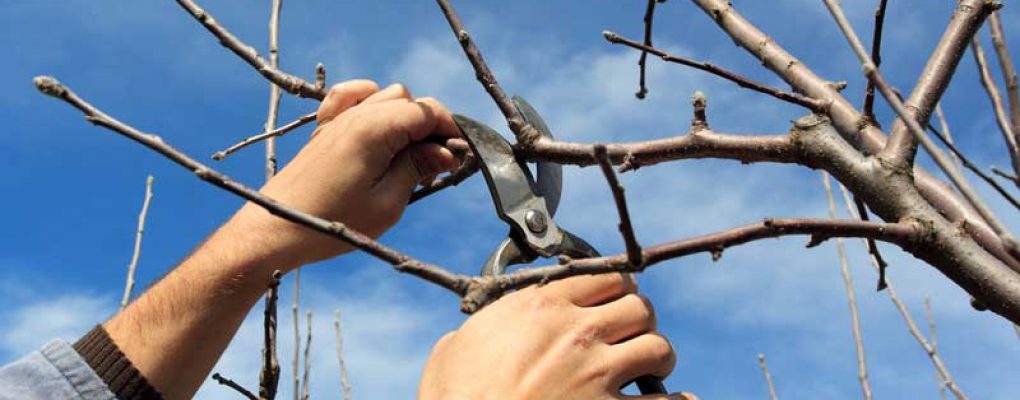
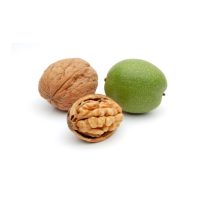
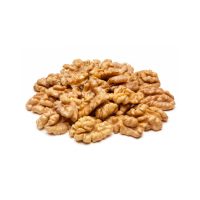

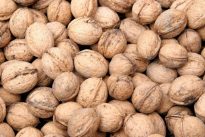
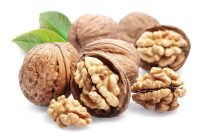
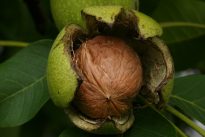
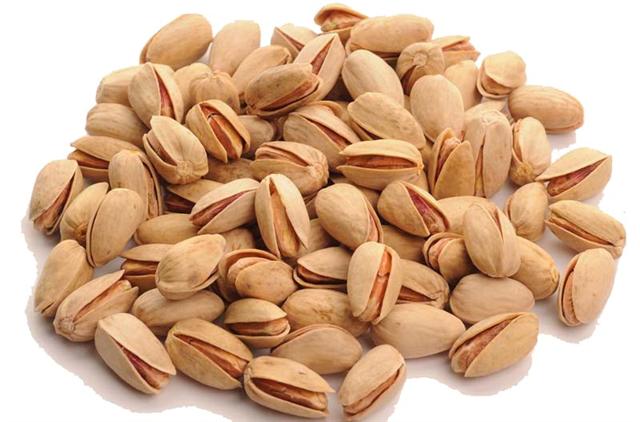
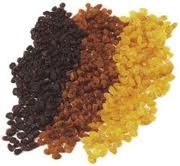 3 kind raisin
3 kind raisin 